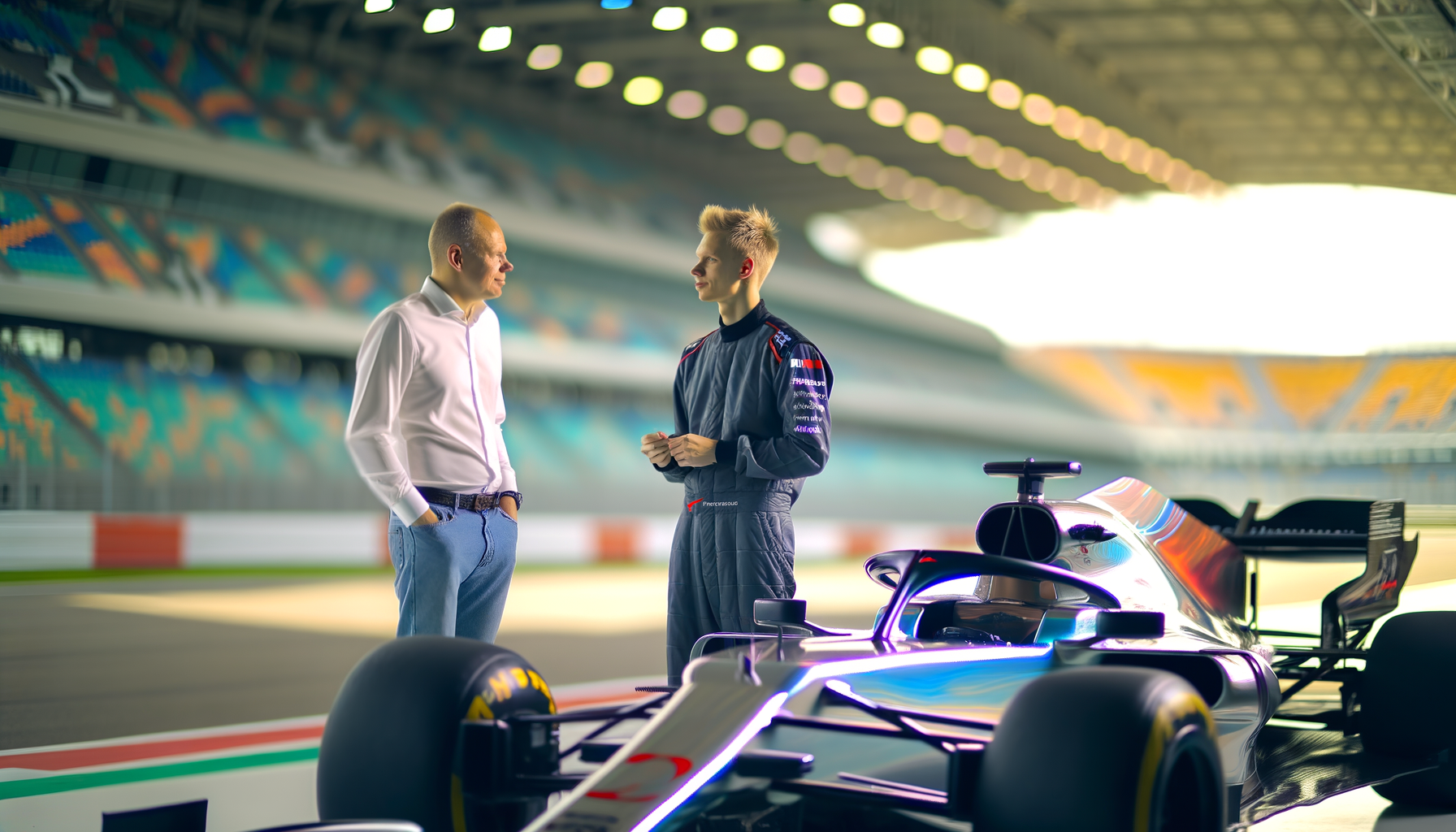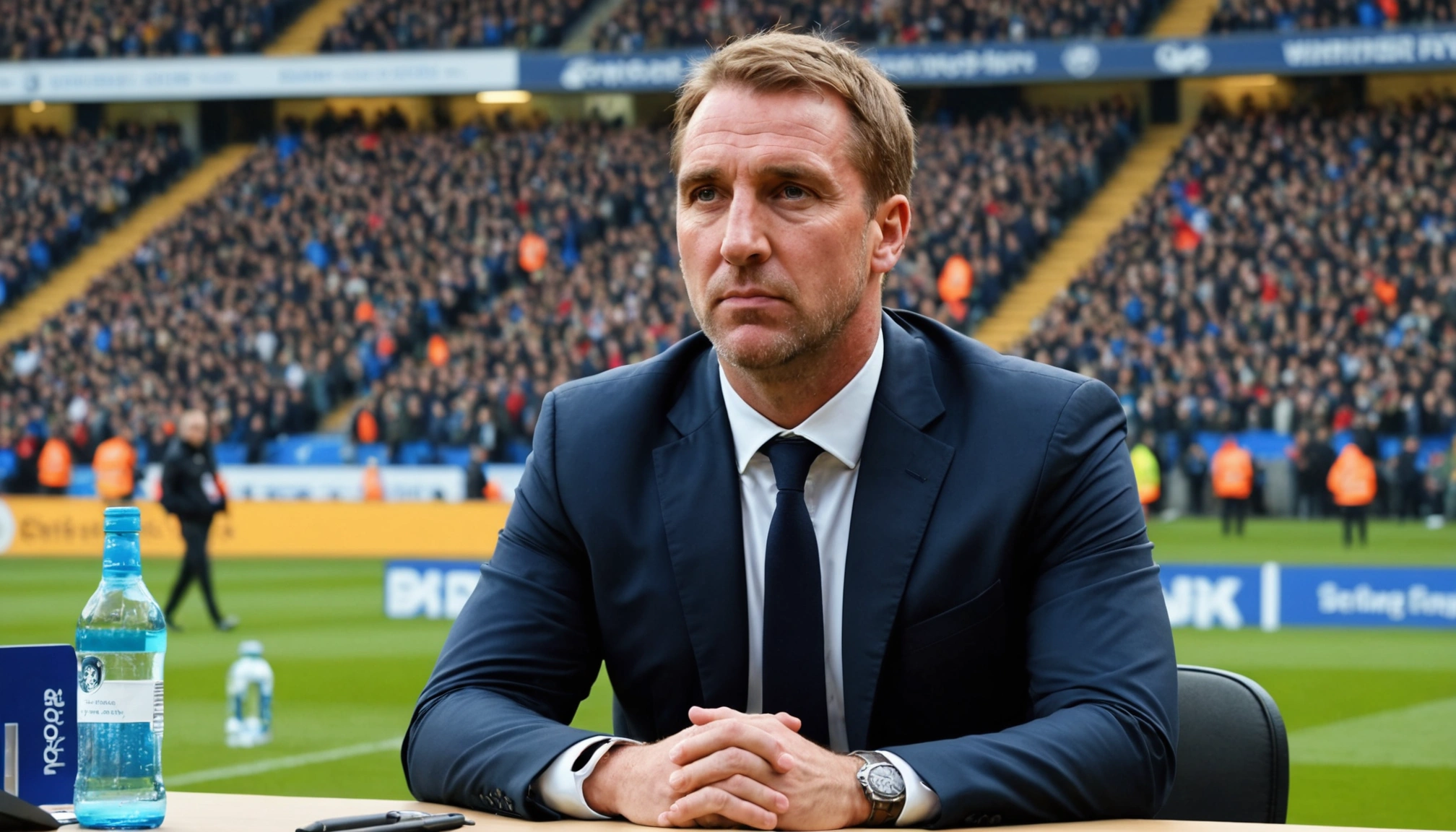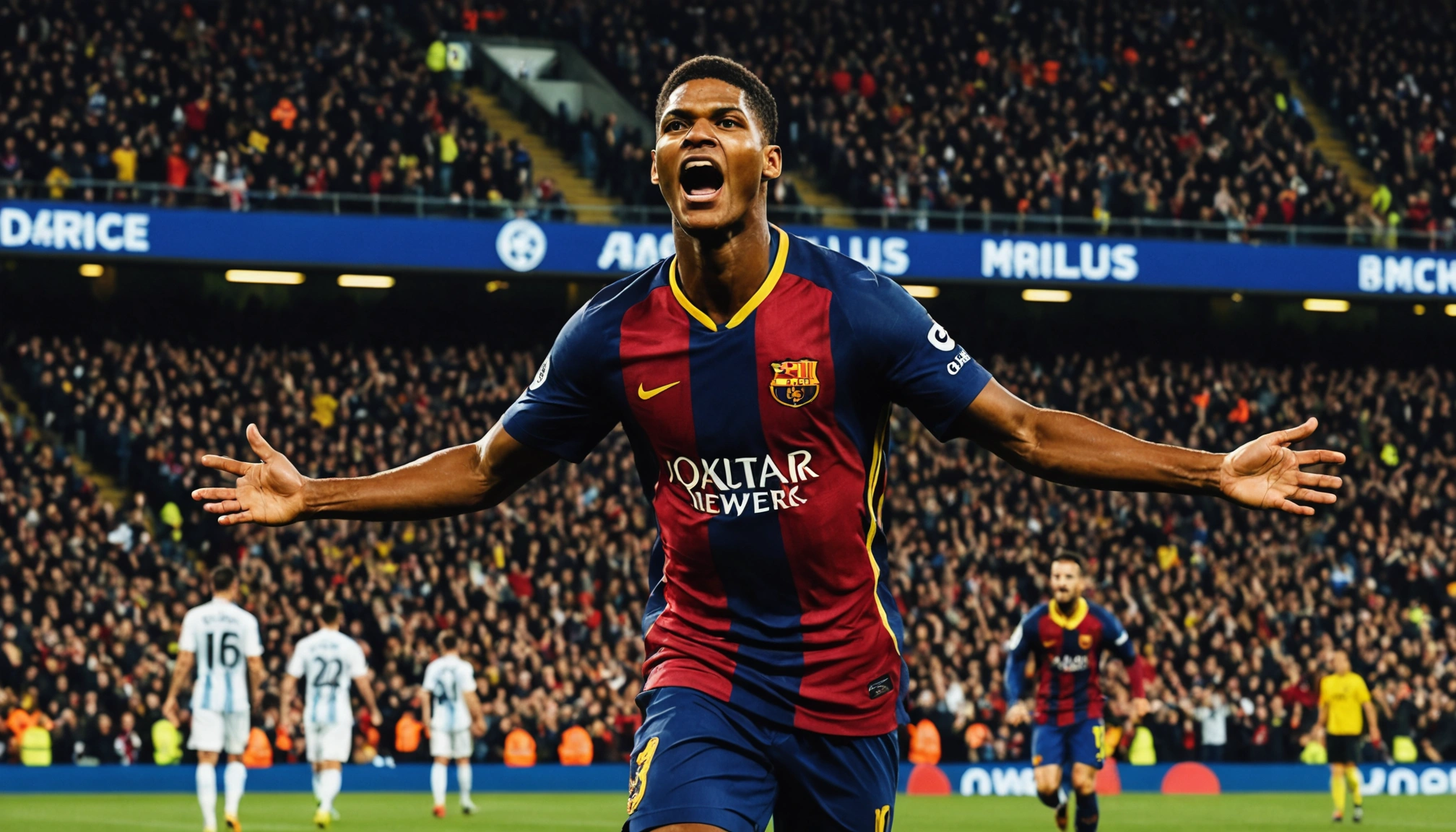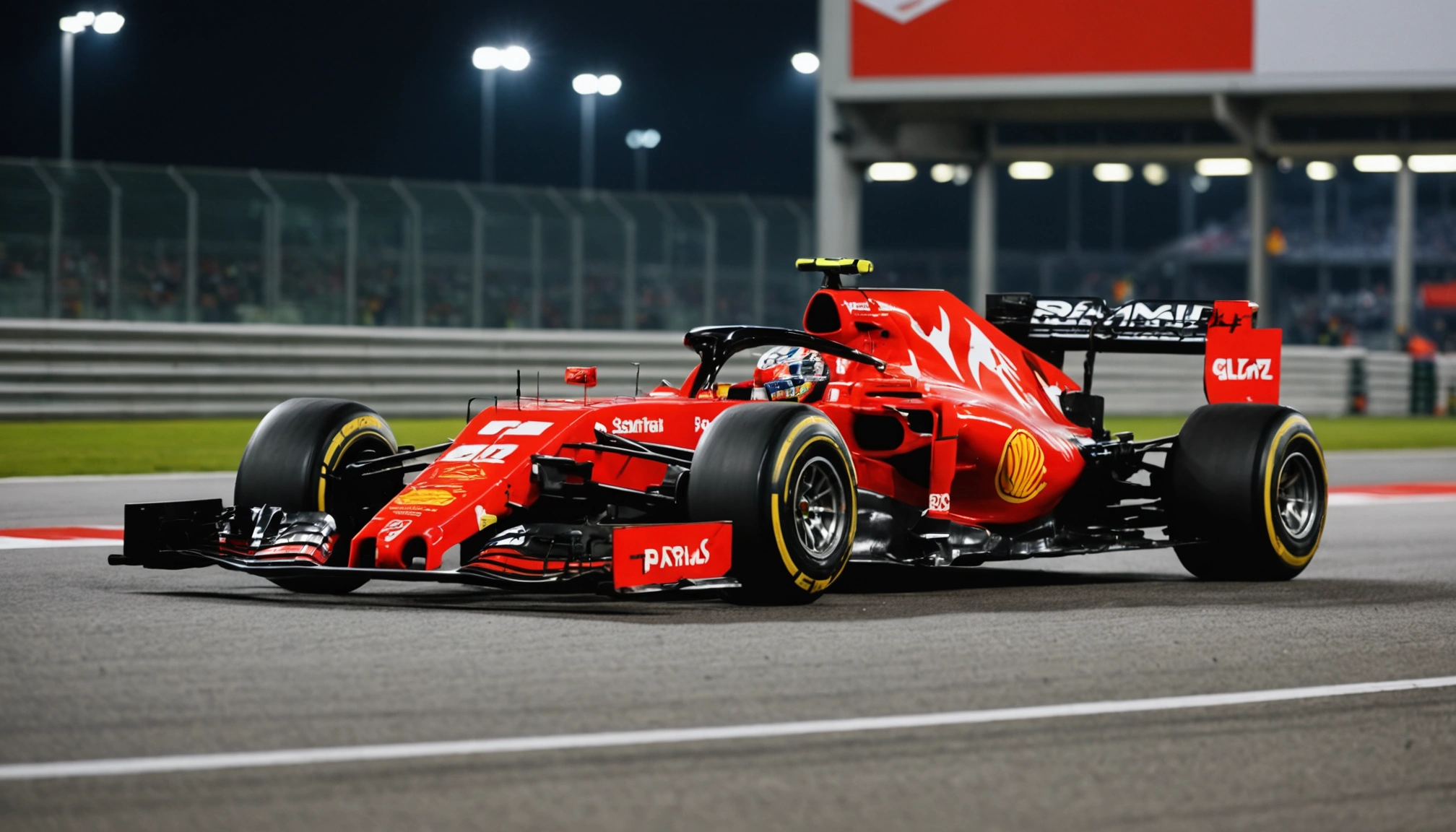Valtteri Bottas Reveals Cadillac And Mercedes Talks Ahead Of 2026 F1
Valtteri Bottas shares insights on discussions between Cadillac and Mercedes F1 teams ahead of 2026 regulation changes, revealing future strategies in Formula 1.

By Editorial
Introduction To The 2026 Formula 1 Regulation Shift
The 2026 Formula 1 season is shaping up to be a transformative period for the sport. With significant changes to technical regulations on the horizon, teams are already strategising to adapt to new power units and aerodynamic rules. One of the most talked-about developments is the ongoing dialogue between Cadillac and Mercedes, as revealed recently by Valtteri Bottas, the former Mercedes driver now associated with Cadillac’s Formula E project.
These conversations hint at potential collaborations or technology sharing that could redefine competitive dynamics in F1. But what exactly does this mean for the teams, and how might it impact the grid from 2026 onwards? Let’s delve into the details.
Valtteri Bottas’ Role And Insights On The Talks
Bottas, who drove for Mercedes from 2017 to 2021, has a unique perspective bridging traditional F1 powerhouse experience with Cadillac’s ambitious entry into top-tier motorsport. In a recent interview, he disclosed that Cadillac and Mercedes have been in talks about their respective approaches to the 2026 power unit regulations, which will introduce hybrid engines with increased electrical power and sustainable fuels.
These discussions appear to revolve around sharing technical expertise and possibly aligning strategies to navigate the new rules efficiently. Bottas emphasised that such collaboration could accelerate innovation and help both brands remain competitive in an increasingly complex technical landscape.
The Significance Of The 2026 F1 Power Unit Changes
The 2026 regulation overhaul is considered one of the most substantial in recent F1 history. The new power units will feature a 1.6-litre V6 turbo hybrid setup, but with a larger electric motor component and a shift to 100% sustainable fuel. This change aims to improve sustainability while maintaining performance and excitement on track.
Mercedes, historically dominant with their hybrid powertrains, are keen to maintain their edge. Cadillac, entering F1 with strong backing from General Motors, aims to leverage its electric vehicle experience to challenge established teams. The talks between these two suggest a strategic approach to sharing knowledge on hybrid technologies and fuel efficiency.
Potential Impact On Team Dynamics And Competition
Collaboration between two major manufacturers in F1 is rare, given the fiercely competitive nature of the sport. However, with sustainability and technological innovation at the forefront, partnerships focusing on research and development could become more common.
This may lead to closer performance between teams or new alliances that challenge the traditional hierarchy. For fans, this could mean more unpredictable races and a fresh narrative heading into the 2026 season.
Case Study: Mercedes’ Hybrid Dominance Since 2014
Mercedes’ technical superiority since the introduction of hybrid power units in 2014 has been a key factor in their multiple world championships. Their expertise in integrating electric power with combustion engines sets a benchmark that Cadillac will need to approach or surpass. Sharing technology or insights could offer Cadillac a faster learning curve while keeping Mercedes at the forefront of innovation.
Broader Context: How Motorsport Is Adapting To Sustainability
The 2026 F1 changes are part of a wider trend towards eco-friendly motorsport. Formula E’s rise, where Cadillac currently competes, has demonstrated the viability of electric racing. Meanwhile, Formula 1’s push for sustainable fuels and hybrid tech shows a commitment to reducing its carbon footprint.
Similar shifts are observed across other sports, such as cricket’s evolving formats or the IOC’s reshaping of the Olympic Games for the future. For instance, the IOC is reshaping the Olympic Games for the future, integrating sustainability into its core strategies.
What Fans Can Expect From The 2026 Season
Fans should prepare for a season of innovation and fierce competition. With new regulations promising closer racing and more sustainable technology, the 2026 F1 grid could look very different. The collaboration between Cadillac and Mercedes might lead to unexpected shifts in team performances and rivalries.
Furthermore, as teams adapt to new power units, driving styles and race strategies are likely to evolve. This period of transition may also spark interest in younger talent and new technical partnerships across the paddock.
Conclusion And Takeaways
The revelations from Valtteri Bottas about Cadillac and Mercedes’ talks underline how 2026 will be a pivotal year in Formula 1’s history. The blending of expertise from established champions and fresh entrants could herald a more technologically advanced and sustainable era for the sport.
For enthusiasts eager to stay updated on high-profile sports stories, exploring related developments like Christian Wade’s return to rugby union or Aaron Rodgers’ impact in the NFL 2025 season can offer broader insights into evolving sports landscapes.
Ultimately, the 2026 Formula 1 season promises excitement not just on track but also behind the scenes, as teams like Cadillac and Mercedes innovate together towards a greener, faster future.
Related topics
Editorial
Sports expert at SportsScoop
Specialist in sports analysis and journalism
Related articles
Want to read more?
Explore our comprehensive collection of sports articles and analysis, or contact us for more information.



